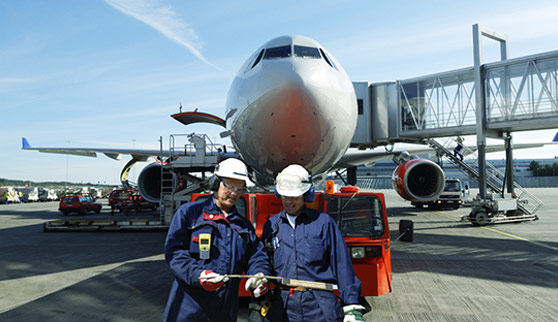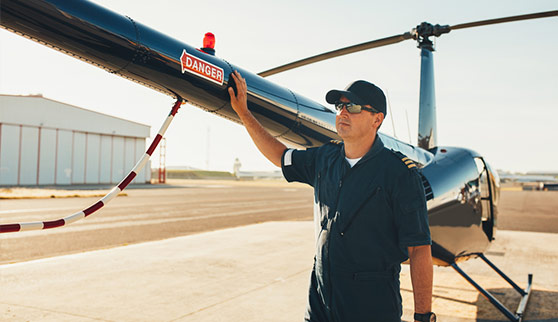Programs and Courses
Associates in Science

Certificate Programs

Community Education Courses

- Global Logistics Certificate (Not currently offered)
- Helicopter Familiarization (Not currently offered)
- Aircraft Dispatcher Certification
Pathways to Graduation
The School of Aviation’s certificate programs enable students to earn credit hours that can be eventually counted toward an associate’s program. One of the main benefits of a certificate program is that it enables students to demonstrate competency in a specialized field.
Credits earned via a certificate can immediately and directly be applied toward one of the School’s associate degree programs in Aviation Maintenance Management, Aviation Administration, Professional Pilot Technology, and Transportation and Logistics.
Students can then enroll in any of MDC’s baccalaureate programs. The choice is yours.
Non-credit Courses
The School of Aviation also hosts community education courses designed to the improve knowledge and awareness regarding the aviation industry. Classes are available in a non-credit course format and are generally held on the weekends. Typically, they are offered at the Homestead and Miami Executive campuses for enthusiasts and the curious alike.
Rotorcraft Aerial Vehicles, or helicopters, is an introduction to helicopter operations for both general and commercial flying purposes. The history of the helicopter is discussed at length, from its development to its implementation in both the military and civilian markets. Sequentially, students will cover material on Cockpit Resource Management (CRM), Aeronautical Decision Making (ADM), night flight operations, and hazardous and over-water exercises in a helicopter simulator.
Students who are preparing to obtain their FAA certification can enroll in part two of the School of Aviation’s helicopter training program. In this section, the usage of the helicopter simulator will cover the phases of flight in preparation for a formal training in a helicopter that would meet FAA certifications for entry-level applicants, including Private and Commercial Fixed Wing Pilots transitioning to Rotorcraft certification.
This course trains students and prepares them with the FAA’s as aircraft dispatcher checkride, or final exam. In cooperation with the pilot, the flight dispatcher furnishes a flight plan that enables the aircraft to arrive at its destination on time with the maximum payload and the least operating cost. The flight dispatcher considers en-route and destination weather, winds aloft, alternate destinations, fuel required, altitudes, and traffic flow. The dispatcher's signature, along with that of the pilot, releases the aircraft for flight. FAA examination fees and all materials are included in course registration. Upon successful completion of this course and the FAA checkride, students will receive the FAA Aircraft Dispatcher certificate.
Other non-credit offerings include Introduction to Aviation Emergency, Aviation Phraseology, and Aircraft Characteristics and Recognition.
